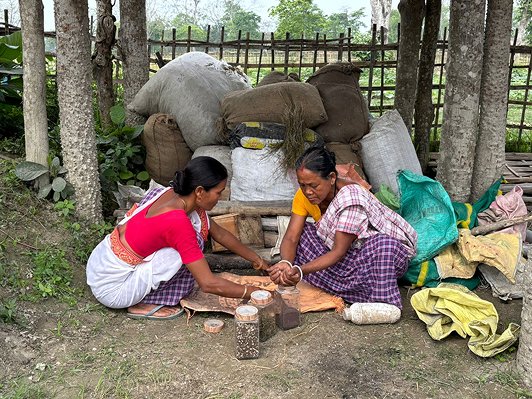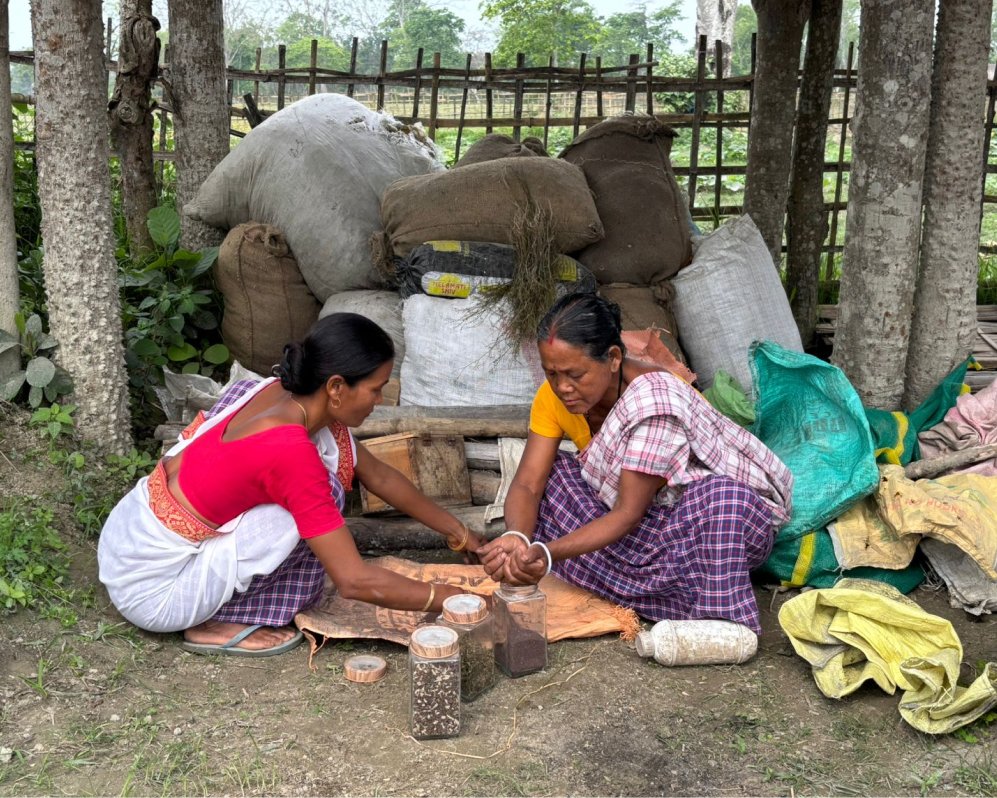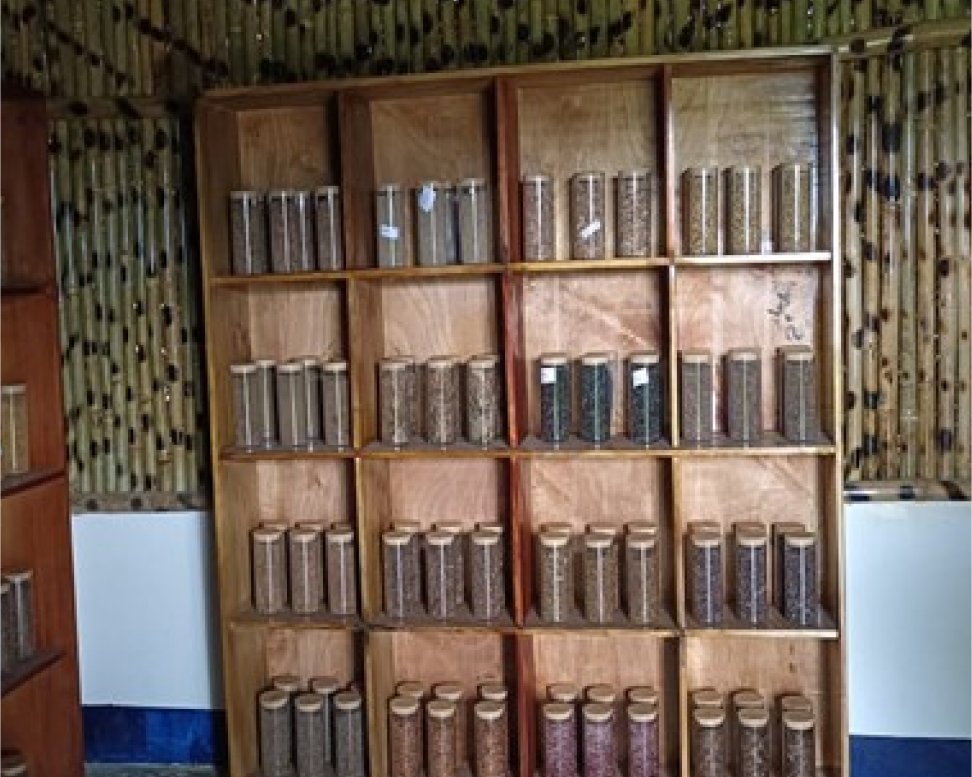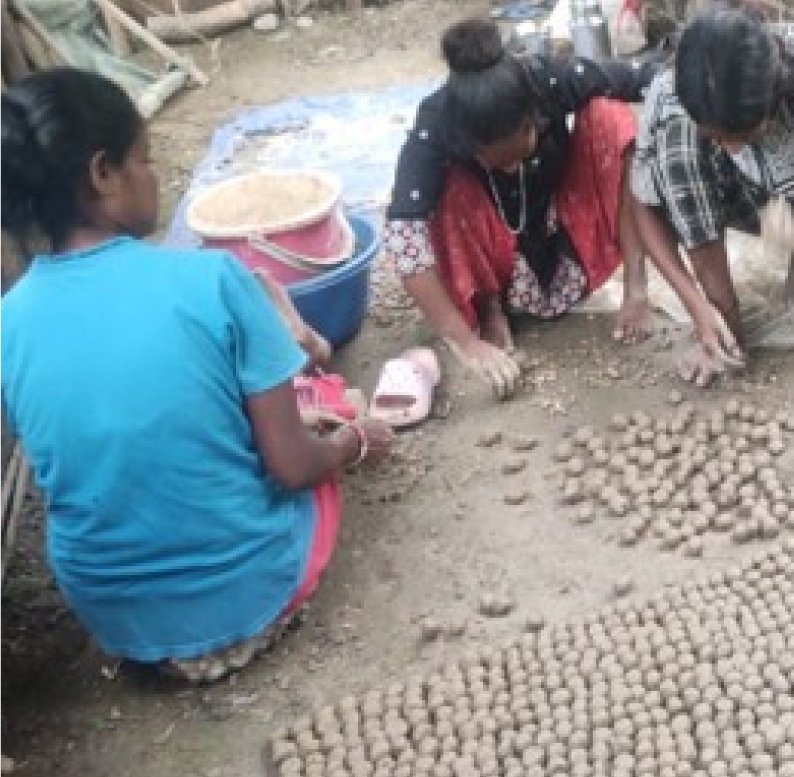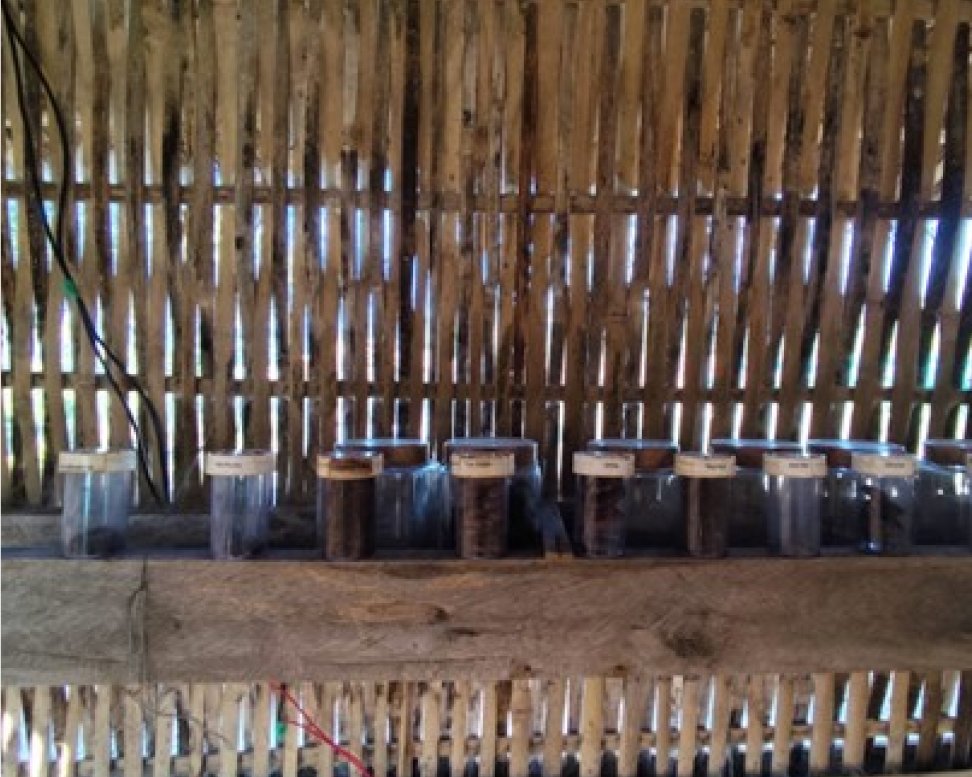Why Seedbanks Matter?
Seedbanks play a vital role for preserving plant genetic diversity, which is crucial for food security, environmental sustainability and adapting to climate change. Here's why they’re important:
Food Security
Seed banks store a wide range of crop varieties, including rare and traditional ones. This genetic reservoir helps scientists and farmers breed crops that are resistant to pests, diseases, and changing climate conditions.
Biodiversity Conservation
They protect the genetic material of wild plants and crops that might otherwise go extinct due to habitat loss, natural disasters, or human activity.
Climate Resilience
With a warming planet, seed banks provide options for developing drought-resistant or heat-tolerant crops, helping agriculture adapt.
Cultural Heritage
Many seeds represent cultural traditions and farming practices of indigenous and local communities, helping preserve agricultural heritage.
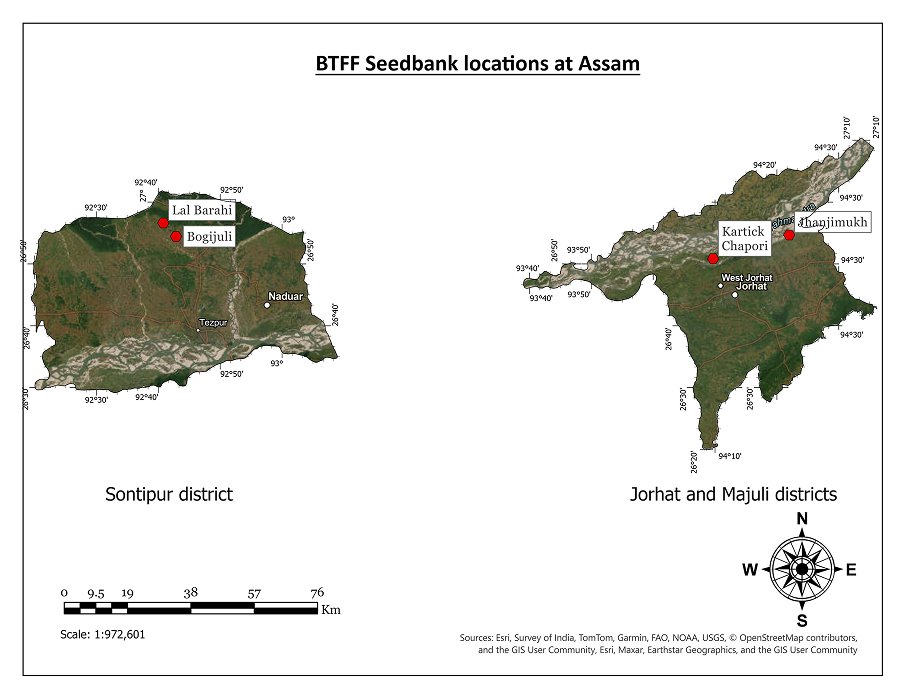
A Community-Based Conservation Model
Balipara foundation has taken this mission to preserve indigenous species of angiosperms through its community-based conservation model. The model focuses on preserving the seeds for a relatively shorter time, continuous germination and habitat restoration. The seedbanks employ technological tools such as vacuum sealing to increase the shelf life of the seeds. The native seeds are first collected from the forests by the forest fringe communities, cleaned, washed, and air dried for removing any foreign contamination. Afterwards, the seeds are stored by vacuum sealing and kept in aseptic containers. As per the operational needs of habitat restoration, the seeds are then germinated following appropriate protocols and transferred to plantation sites after hardening.
SeedBank details
43
Species diversity
5
Nos. Of Seed Banks (Location)
5Million
Nos .of Seed
In the face of climate induced environmental challenges and habitat degradation, seed banks are vital tools for ecological preservation. The Balipara Foundation's innovative, decentralized model offers a sustainable, community-driven solution for safeguarding the indigenous tree germplasms of the Eastern Himalayas.
By intertwining biodiversity conservation with community empowerment and habitat restoration, this model stands as a replicable blueprint for ecological resilience in fragile regions worldwide.


